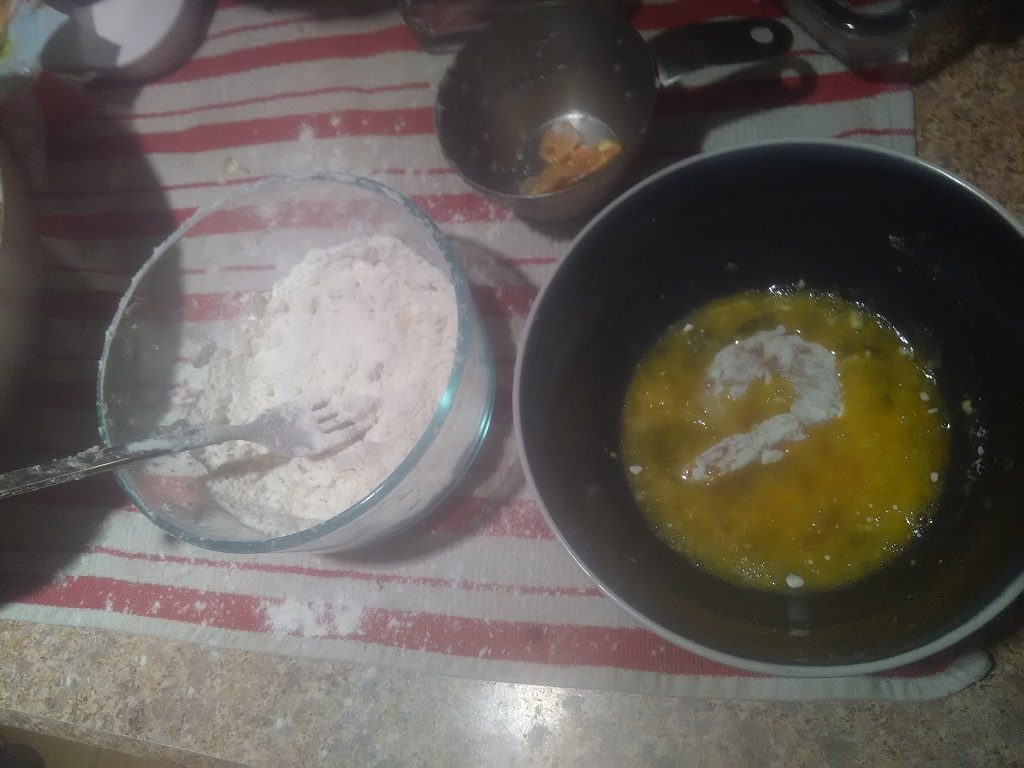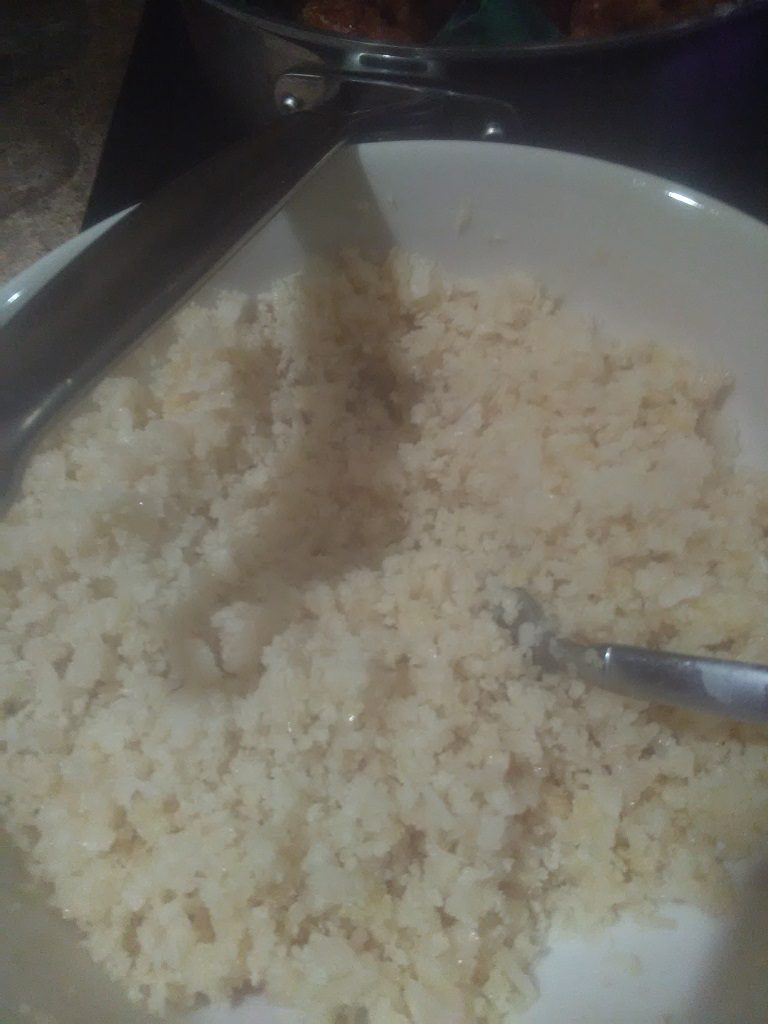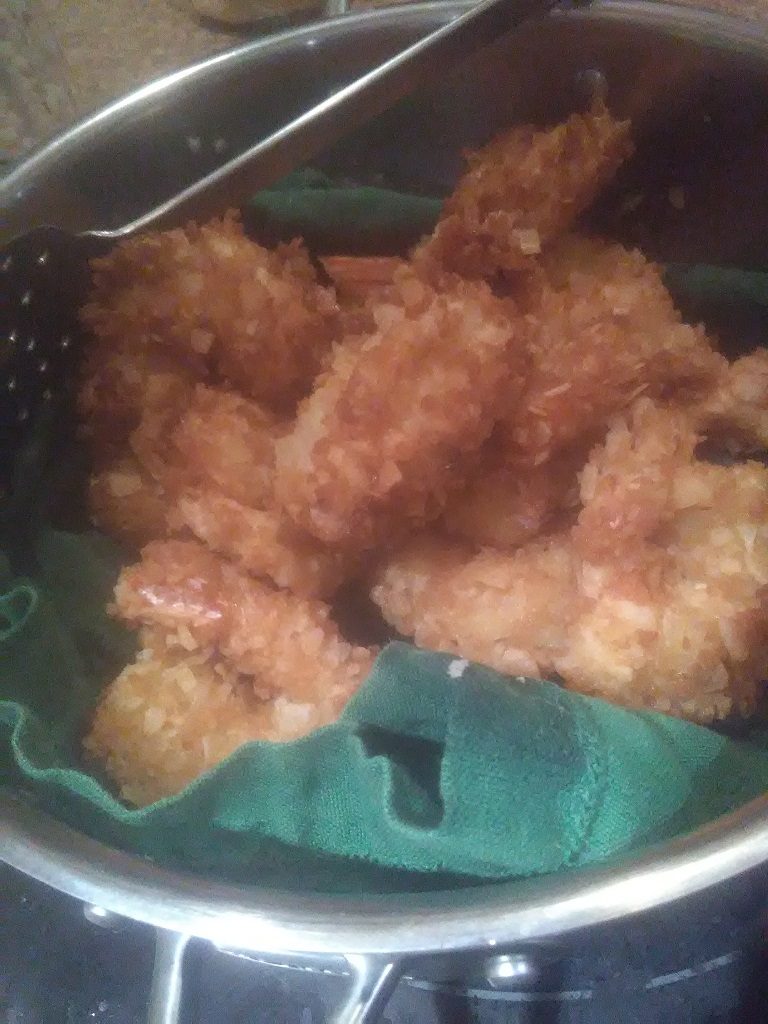The academic whitepapers for both of these vulnerabilities can be found at https://spectreattack.com/ — or El Reg’s article and their other article provide a good summary for those not included to slog through technical nuances. There’s a lot of talk about chip manufacturer’s stock drops and vendor patches … but I don’t see anyone asking how bad this is on hosted platforms. Can I sign up for a free Azure trial and start accessing data on your instance? Even if they isolate free trial accounts (and accounts given to students through University relationships), is a potential trove of data worth a few hundred bucks to a hacker? Companies run web storefronts that process credit card info, so there’s potentially profit to be made. Hell, is the data worth a few million to some state-sponsored entity or someone getting into industrial espionage? I’m really curious if MS uses the same Azure farms for their hosted Exchange and SharePoint services.
While Meltdown has patches (not such a big deal if you’re use cases are GPU intensive games, but does a company want a 30% performance hit on business process servers, automated build and testing machines, data mining servers?), Spectre patches turn IT security into TSA regulations. We can make a patch to mitigate the last exploit that occurred. Great for everyone else, but doesn’t help anyone who experienced that last exploit. Or the people about to get hit with the next exploit.
I wonder if Azure and AWS are going to give customers a 5-30% discount after they apply the performance reducing patch? If I agreed to pay x$ for y processing capacity, now they’re supplying 0.87y … why wouldn’t I pay 0.87x$?







